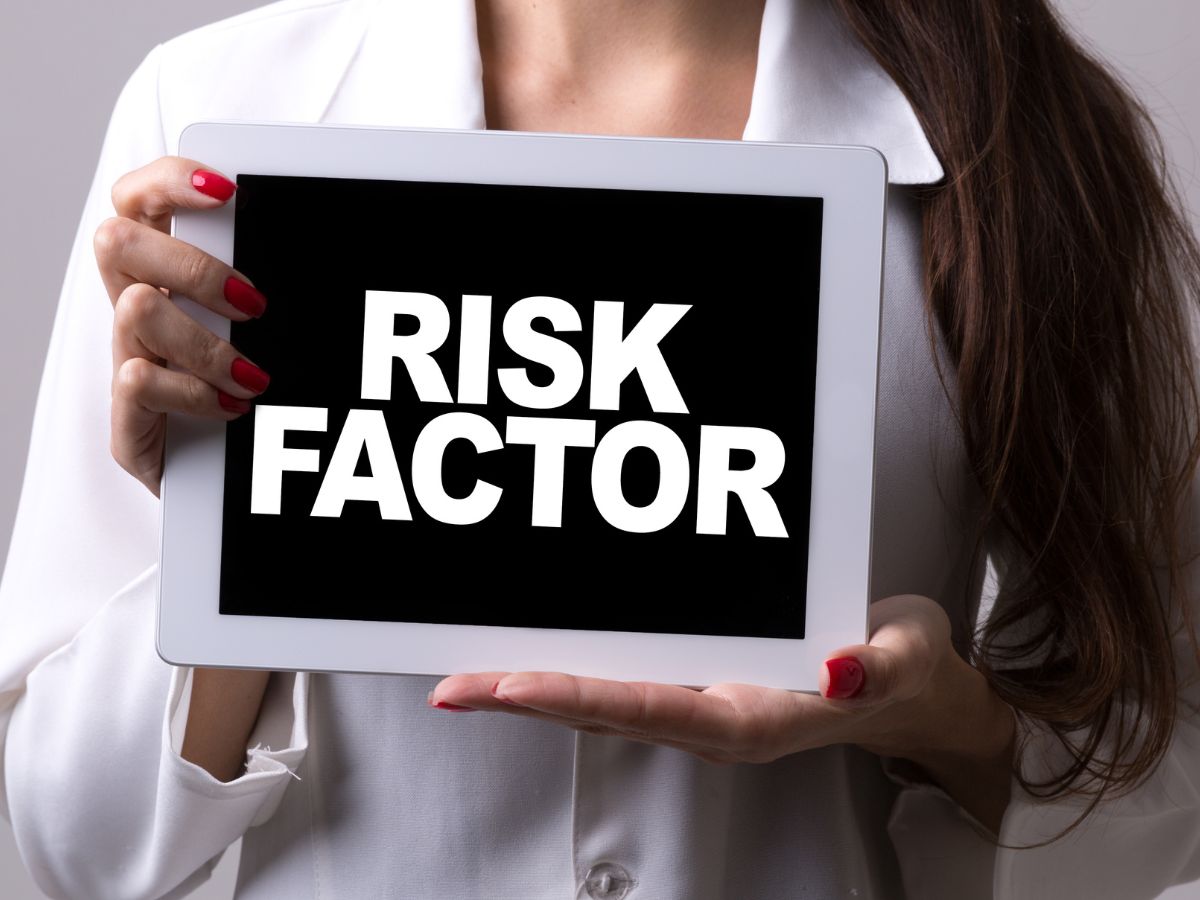How to analyze Cash Flow for Multifamily Prop
In the world of multifamily real estate investment, und...
The evaluation of commercial real estate deals can be done in less time. However, you must adopt the right approach, especially if you want to assess whether a property is worth investing in within 10 minutes. In this article, we will take you through the quick and effective ways to evaluate a commercial real estate deal in under 10 minutes, saving you valuable time. Let’s get cracking!

Understanding the property’s basic details is the first thing to do when evaluating a commercial real estate deal, and this step should take you about 1-2 minutes. Under this step, you should consider the following:
As a real estate investor who wants to venture into commercial real estate investing, you need to decide the type of commercial real estate property type that fits your portfolio. This will give you the needed scope of the evaluation. Consider whether you will invest in multifamily, office space, retail, or industrial real estate.
Secondly, you want to consider the layout and size of the property and whether it aligns with your investment goals and appeals to prospective tenants.
While location may not have been our first point in this step, we must state that it is a very important factor. You must consider the locality where you want to invest and the local council’s aim for growth, development, and expansion. Ask important questions like, is the neighborhood in high demand?

PropertyNest, while analyzing the most expensive and cheapest neighborhoods to rent, stated that some areas, such as Queens and Astoria, have witnessed significant changes in real estate development over the years and continue to attract renters in large numbers.
In discussing how location may also affect your investment, they noted that places like Manhattan and Brooklyn are expensive due to their being in high demand, especially by renters who want to live in the heart of New York. This also holds true for other Cities in the US, and you may want to pitch your tent where your property is always in demand.
When evaluating a commercial real estate deal, you must consider whether the property is newly built or may require you to expend money on renovations. Confirm if you are willing to take the risk on a property where you will spend extra cash.
After understanding the property’s basic details, it’s time to dive into the financials. Considering the financials will require about 3-4 minutes of your time. Key metrics you should evaluate in commercial real estate investing include:
To make a better investment decision, we recommend comparing the NOI with similar properties in the same area to determine whether it will outperform or underperform.
NOI = Gross Operating Income – Operating Expenses

To determine the return on investment on a commercial real estate property, you need to calculate the Cap Rate. A higher cap rate indicated a higher risk but with the potential for a higher return. A lower cap rate means the risk is minimal, and the market is stable. Analyzing the Cap Rate of your potential real estate investment helps investors know which property offers risk-adjusted returns.
Cap Rate = NOI / Property Value x 100
At DealWorthIt, we have designed software that enables Commercial Real Estate Investors to evaluate potential investment properties on time and with more accuracy. Our platform empowers real estate investors with financial analysis and capital expenditure over a property, as well as offering a comparative analysis of similar properties in the same location, thereby allowing investors useful information before property acquisition. We went further by enabling the syndication of CRE deals with expected profits always in view.
We save you enormous time. In 60 seconds, you can evaluate a commercial real estate deal and generate investor-ready reports with key financial insights, all at an affordable and customer-friendly price.
The third step, which should take between 2-3 minutes, helps you understand the current market trends, which is an essential stage in determining if a property will appreciate or lose value over time.
In one of their publication, Pass_by discussed the necessity of market analysis in Commercial Real Estate for investors. They argued that it helps investors clearly understand the risks associated with purchasing or investing in a property, the inherent opportunities, and the increased return on investment (ROI).
For a detailed evaluation, here are key areas of focus:

All investment comes with risk and commercial real estate is no exception. It should take you 1-2 minutes to assess risk factors with commercial real estate investing. These risks are:
Investors should know their two biggest costs, maintenance cost: maintenance costs and taxes and insurance. These costs are likely to continue increasing year after year in an inflationary economy. Thus, investors may prefer to invest in commercial properties with a healthy balance sheet, a tenant base of high-income earners, and credit-worthy tenants who can conveniently bear rent increments when the cost of operating a property increases.
This is the final step in evaluating a commercial real estate deal and takes just 1 minute of your time. Before finalizing your decision, ensure you have a solid exit strategy. What is an exit strategy in real estate? This means you should have a plan for how you will sell, lease, or otherwise exit the investment if necessary. Is there demand in the area for new buyers or tenants, and do you have an exit plan in case the investment doesn’t go as expected?

For more on this critical step, check out how to create a successful commercial real estate exit strategy.
In under 10 minutes, you can evaluate the potential of a commercial real estate deal by following these five key steps. By focusing on the property’s basic details, financials, market trends, risks, and exit strategies, you could make a well-informed decision. This quick process is crucial for any investor looking to streamline their real estate investment analysis and ensure that they’re making smart choices in a competitive market. In the alternative to save time, use DealWorthIt real estate deal analysis software for a quick turnaround.